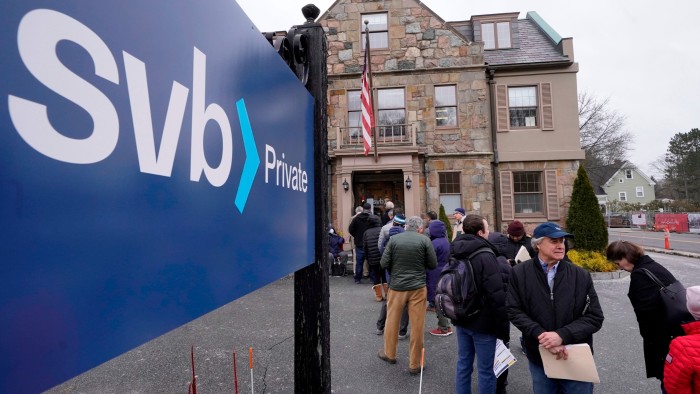Unlock the White House Watch newsletter for free
Your guide to what the 2024 US election means for Washington and the world
The writer is chair of Rockefeller International. His latest book is ‘What Went Wrong With Capitalism’
The mystery of the moment is why rampant speculation persists in the all-American bull market despite the apparent end of easy money. The exuberance was understandable when money was virtually free, but that was last decade. In 2022, the Federal Reserve began raising interest rates from near zero to almost 5 per cent. And yet, after a brief pause, speculative activity has surged anew across many US asset classes, led by artificial intelligence plays and meme coins.
One answer is that the easy money era ended only in part. It had always rested on a growing web of government and central bank support including market rescues, corporate and bank bailouts, constant stimulus and, of course, record low rates. Only very low rates have gone away. The rest of the culture continues to backstop the basic faith of market speculators that nothing will be allowed to go wrong.
Today most explanations for unshakeable faith in the US market focus on the resilience of its economy — bolstered by its lead role as an innovator in AI and protected now by a staunchly pro-business president. But speculators were running wild before AI mania seized US markets in 2023, and long before Donald Trump regained the presidency. Something deeper than Trump and AI is at work. Social media captures the speculative fervour as BTFD: “buy the f***ing dips”.
The longer the bull run lasts, the more investors feel emboldened to buy any dip. Over the past month, the market suffered brief setbacks on news of a serious Chinese challenge to American AI dominance and of Trump’s tariffs. Then retail investors rushed in to buy stocks like never before. Of the five biggest days for retail buying this decade, four erupted in the last five weeks.
Perhaps the one thing Trump loves more than tariffs is stocks, so investors seem to assume that his administration, even more than its predecessors, will not let stock prices fall. The BTFD party thus rests on the same foundation as the US economy: state support.
To keep growth alive during the pandemic, the Fed injected massive amounts of liquidity into the system. By some measures a lot of it is still coursing through the markets. Government spending stayed elevated well after Covid passed, leaving more cash in the hands of households and corporations. They, in turn, have invested heavily in stocks (or stock buybacks), confident that the state will mitigate losses.
The bailout culture dates to the first rescue of a major US bank in 1984, and the first explicit Fed vow to prop up the stock market in 1987. Since then, rescues have grown more generous and automatic, encouraging greater speculative frenzies and steadily rising market valuations. Investors have come to see risks as asymmetric, with a state cap on losses and no limit on gains.
Short sellers, who bet that troubled stocks will fall, are a dying breed in a market that the government allows to move in only one direction: up. With the economy strong and supported by the state, the US business bankruptcy rate is close to record lows (outside the pandemic). With defaults so unlikely, lenders are charging barely any premium on loans to companies, distressed or not.
During the pandemic, unprecedented cash infusions flowed into the hands of consumers who, stuck at home, started investing as a game, treating the markets as an adventure park. This thrill-seeking paused when the return of inflation forced the Fed to raise rates in 2022, but only briefly. The next year, the government responded to a run on Silicon Valley Bank by guaranteeing all its deposits. Then it pumped an extra $400bn into the banking system to make sure the fear wouldn’t spread. The following summer, when stocks fell for a few days and investors clamoured for a big rate cut, the Fed delivered one, despite sticky inflation. Once again, the game was on.
Far from worrying about high borrowing costs, Americans are embracing risky vehicles such as leveraged ETFs, which now offer even small investors a chance to leverage bets on individual stocks, including of course the hottest name, Nvidia. Cryptos with names like Fartcoin have been on a tear in recent months.
So how does the guiding assumption — of state support for speculative risk — change? One way is that the price of money rises further, prompted possibly by higher inflation. Another is that a fiscal crisis or some other shock leaves the government unable to afford such generous bailouts and rescues. Until then, BTFD will remain the mantra for most investors.
Read the full article here




